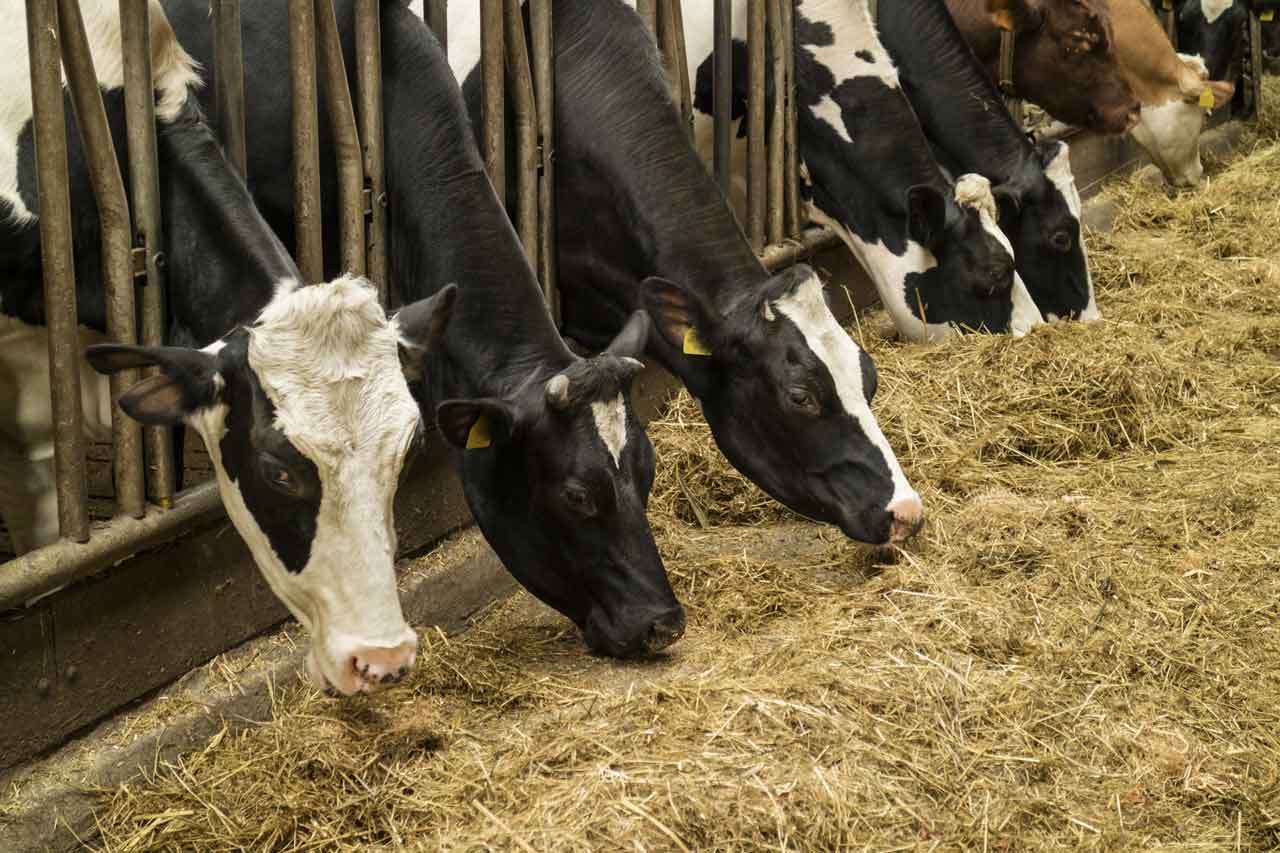THUNDER BAY – BUSINESS – Canadian producers are encouraged to focus on their strategic planning skills this year to face what lies ahead. FCC’s economic outlook says challenges in the food supply chain will continue, but demand for commodities and food means there’s an opportunity for growth, indicating a need for farms, businesses agrifood and food processors to innovate and manage risk.
FCC’s latest outlook for the grains, oilseeds and pulses sector suggests prices will remain high through 2022, in part due to weak domestic and global supply of these products, amplified last year by the drought in western Canada.
“There is a lot of optimism for this sector for the year ahead; however, two of the key economic trends that could impact profitability are rising farm input costs and the impact of global political tensions on trade,” said FCC Chief Economist JP Gervais. “I cannot stress enough the value of farm management and strategic thinking. Growers must continue to plan for disruptions like we saw last year. »
These high prices mean soybean and canola seeded acreage is expected to increase in 2022, while corn acreage is expected to decline due to high fertilizer costs. Fertilizer prices soared last year and are expected to stop rising at a rapid pace, but still remain high.
The livestock market is also signaling high prices for 2022. The number of cattle fed in 2022 is expected to decline and due to high feed costs, fed cattle will likely be marketed at lower weights, resulting in a lower price. volume by weight. However, with rising prices, livestock receipts are expected to increase. The drought has severely affected access to animal feed, prompting some herders to reduce their activities.
“The pandemic has impacted purchasing decisions on grocery store shelves. Canadian beef consumption has slowed in 2021, but the positive five-year trend in consumption before the pandemic is expected to resume while export demand remains robust,” Gervais explained.
Consumer appetite for dairy products increased in 2021, but not at the expected level. With rising feed and energy costs, the Canadian Dairy Commission is increasing the support price for butter. While the farm gate price of dairy products is expected to increase, milk production at the farm level may experience only limited growth.
After strong growth in pork receipts in 2021, growth potential for 2022 is limited. Hog prices are expected to decline slightly and with marginal production growth. High feed prices will test profitability and could hamper production growth.
Gervais offers the following tips for growers to build resilience and take advantage of opportunities to advance their operations:
- Strategy – keep an eye on long-term goals, including growth. Think about the integration of operational, marketing and financial plans.
- Innovation – think about changes in technology, efficiency and sustainable practices that would give your operation an edge.
- Risk Management – developing scenarios to determine exposure to adverse market trends, interest rate increases, rising input prices, business impacts or weather events.
- Execution – Surround yourself with qualified resources to help you evaluate and adjust your financial and marketing plans as the economy and markets change.
“While the long-term outlook for Canada’s agriculture and food industry is positive, there are many factors to keep in mind as operations develop their plans, including input costs, trade tensions, varying weather conditions and changing consumer behavior,” said Gervais. “We encourage growers to stay up-to-date on important topics and trends that will impact them and take action accordingly.”











More Stories
Sri Lanka’s post-harvest losses in agricultural sector exceed Rs. 55 billion – – The island
SAU Vice-Chancellor emphasizes effective research in agricultural sector
Agriculture sector threatened by climate change, expert says – Pakistan